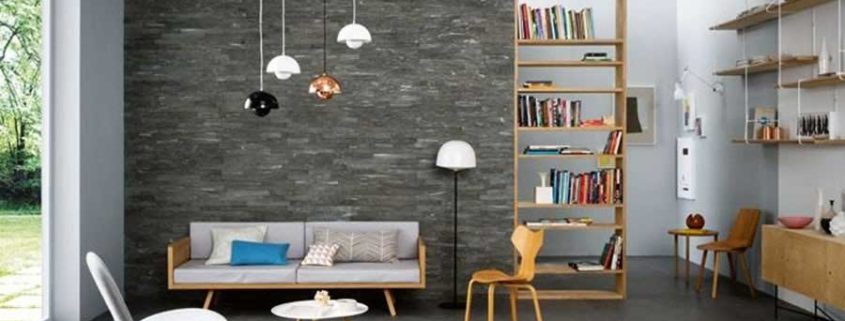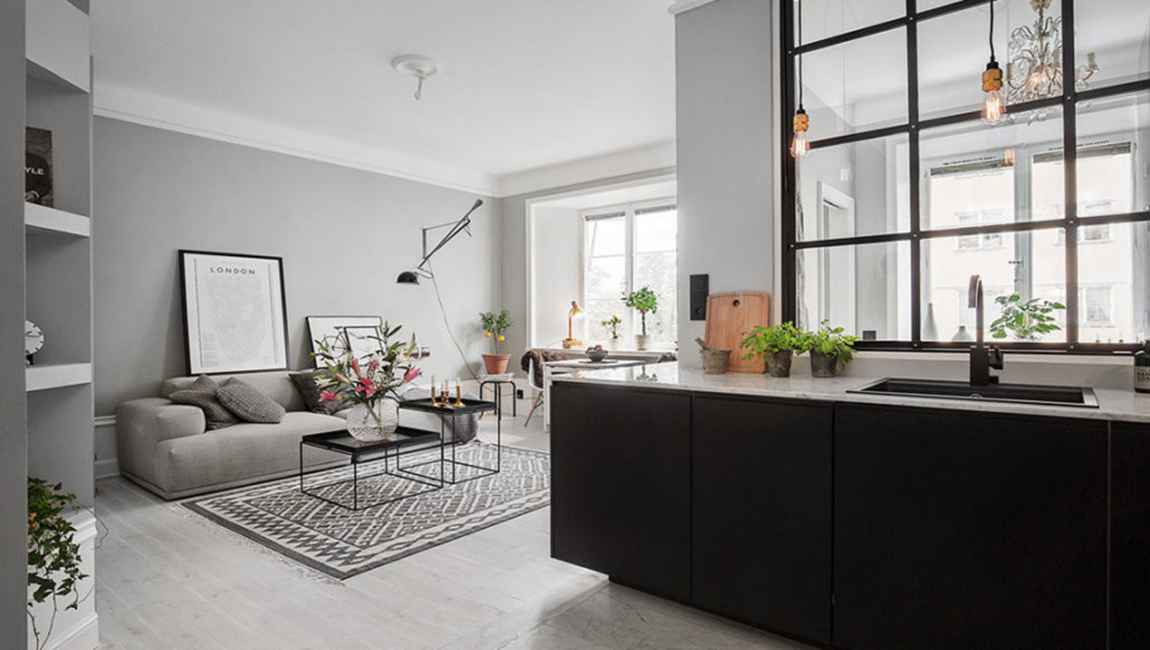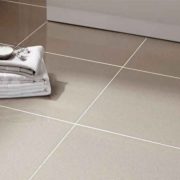Why do we need to leave gaps when paved tiles?
The tiles must be treated with gaps when they are laid. No matter tiles belong to the “seamless tiles” or “round tiles“, they need to leave a gap treatment when they are decorated. The cement mortar of ceramic tile and paste ceramic tile will have heat expansion and shrinkage problem. In the process of temperature or humidity change, the ceramic tile flooring and cement mortar will have some expansion. If there is no gap in the process of paving, it will lead to the drum or crack in the process of the later use.
Although the ceramic floor tiles are now mechanized production, but in the process of product production, there will be a certain size error (the error is too large for the quality of the product). If there is no gap, it is easy to appear the seam when tile paving is unevenness, and affect the beauty after the tile paving.
Tile placement is a very high proficiency in a construction project, the workers in the whole process of paving, it is impossible to complete the placement of each piece of brick when there is no error, the workers’ mood is not good, daytime and night, and other different cases of tiles, the effect will be different, If no gaps are left, it is also difficult to ensure the joints and straightness of ceramic floor, which will affect the aesthetics of tile placement. When the tiles are put into use, it is unavoidable to be replaced because of pipeline maintenance and other reasons. If the gap is laid, the replacement will be more convenient.
In the course of sales, why do many customers refuse to leave gaps, and prefer to leave no gaps? Customers are being erroneous propaganda by other shops or manufacturers. They feel that seamless tiles can leave no gaps and do not know the adverse consequences of seamless paving. “seamless tiles” is different from the “original tiles“, not the real seamless tile. Seamless tiles in the industry is really called “edge tiles.” The word “seamless tiles” is caused by the incorrect publicity of some manufacturers and businesses when the edge tiles come out.
Someone considered that it is more nice not to keep the gap paving. With a gap, it is easy to get dirty, yellowish and moldy in the seams. It is hard to see that it is easier to take care of hygiene by sewing smaller ones. In the process of use, the small tiles will still be stained with dirt, or can’t really feel like no gap, but after the gap, the overall effect is more hierarchical and more stereoscopic. After filling in the gap of different colors, the visual fatigue is better relieved. If the gap is not laid, the crevice is too small. If dirt is found, it will be more difficult to clean.
Others think that the color of the sealant is monotonous and the placement effect is not ideal. The previous sealant used are white cement and poor filler, now the filling material has been greatly improved, now there are sealant, sealant, sealant and other new products, no dirty, easy to yellow, easily mouldy and other problems. The color of the filling material is also rich. Basically it can be coloured with all kinds of floor tiles.
The size of the gap, BARANA suggested to leave 3-6mm, specific to the specifications, color, style and so on to determine the brick, sometimes the designer in order to achieve a special effect, the gap may be left to reach 10mm. Sealant and other cross stitching materials, as well as different specifications of the cross, is the best assistant to paved tiles.










